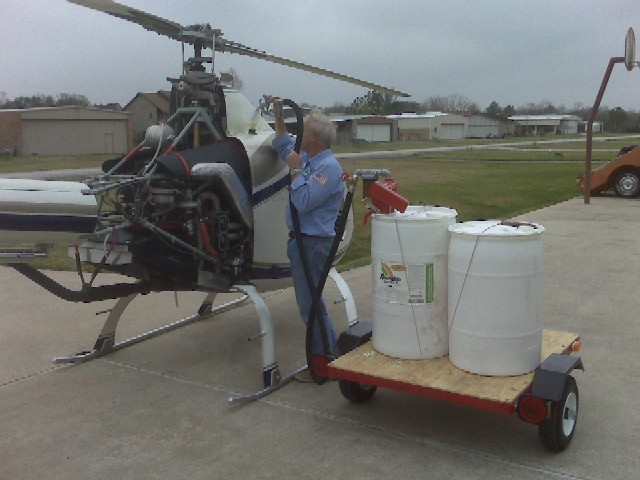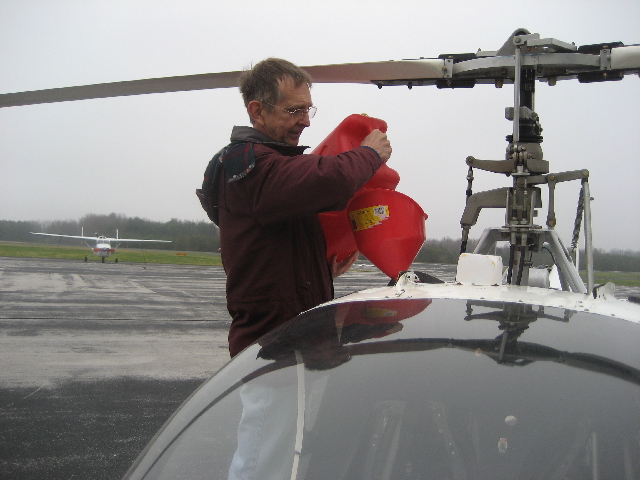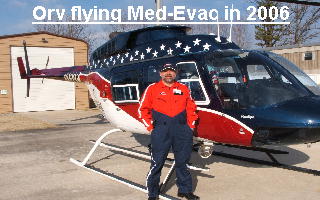 |
HINTS AND TIPS The Buttons below will take you through the different hints and tips that I feel will make your helicopter safer and more reliable. |
Most Rotorway owners refuel their ships with plastic fuel cans. You need to be aware that static electricity can build up in the fuel container prior to touching the aircraft. I always touch the fuel spout/nozzle to the aircraft in an area away from the fuel tank to dissipate any built up electrical charge to prevent a spark from igniting the fuel vapors that will come pouring out of your fuel tank opening during refueling. I also suggest that you fabricate a fuel funnel for this purpose. I did not have any photos of any of the funnels that I had assisted my students to make so I asked Tom Delaney for some shots of the one that we made while I was giving him flight instruction. Thanks for the great photos, Tom. There are several important considerations when refueling your helicopter.
Thanks to Tom Delaney for the great photos of the fuel funnel we made while I was at his place for advanced flight training.
|
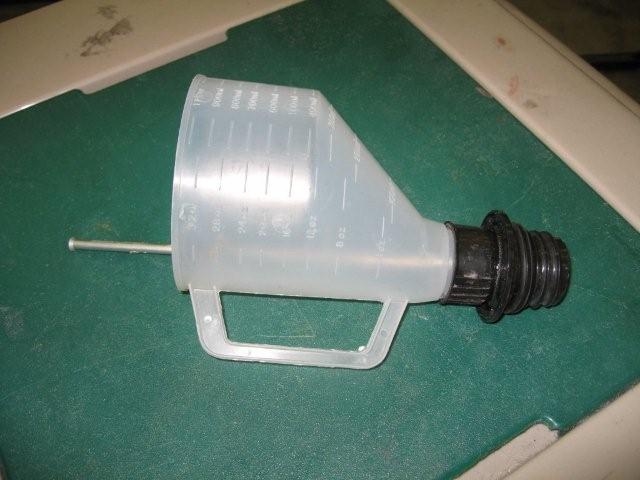 |
|
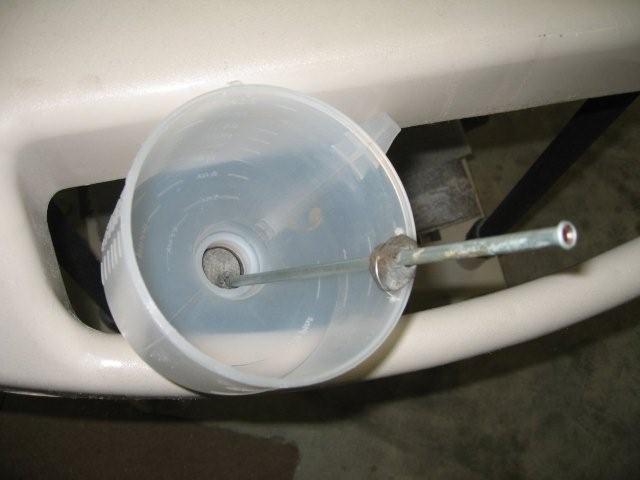 |
|
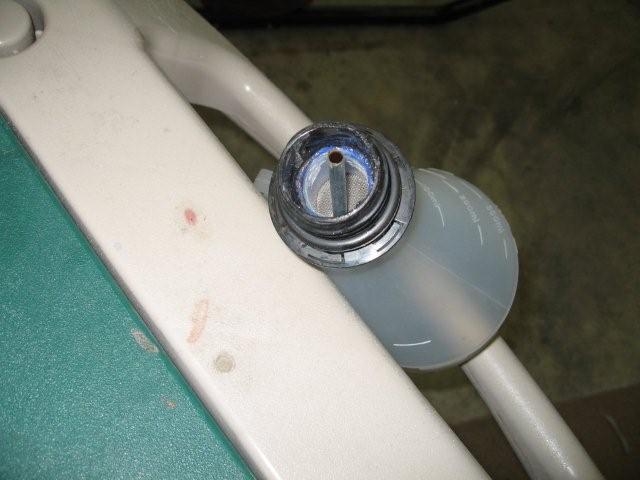 |
Let the epoxy set up and by the next day you have a funnel that should separate out water and debris that may have been in your re-fueling container. You now have a better way to add fuel to your ship that should keep unwanted material out of the helicopter fuel system. The funnel with it's rubber washer can now be screwed onto the fuel tank securely and will help prevent fuel spills over your nice paint job and from running down the tank and into your hot engine compartment. If you overfill, the fuel backs up into the clear funnel and you can watch it as the level slowly goes down as the tanks fuel levels equalize. The piece of vent tubing allows the fuel vapor to escape so that the fuel in your funnel will not bubble back and splash all over the side of your helicopter by releasing the pressure from building in the helo fuel tank as fuel is added. Each time that you fuel your helicopter you can monitor the cleanliness of your fuel containers by looking at the strainer screen for any water or debris. You do not want them in your fuel system. |
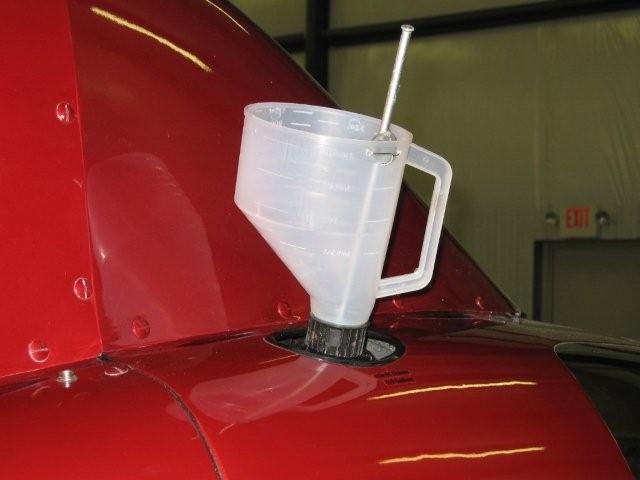 |
Re-fueling tanks. You will need a way to re-fuel your helicopter. Following are a few photos of students re-fueling rigs. The first is Scott Peterson's answer. He installed a platform that attaches to his vehicle at the trailer hitch receiver. He can then run to the fuel station to refuel and then drive it right up to the helicopter. I believe it holds around 30 gallons. |
||||||||
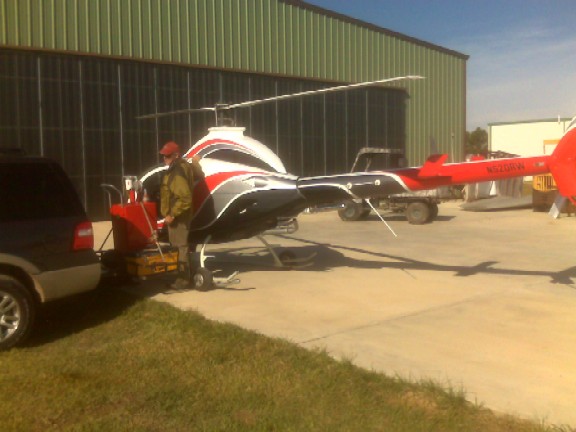 |
||||||||
Former student Greg S. has a
tank mounted on a trailer complete with 12 volt pump and water-block
filter |
||||||||
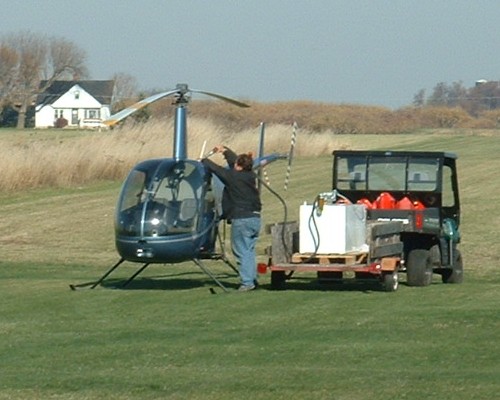 |
||||||||
Another student build a system similar to Greg's
rig above. He added a plywood box around the entire refueling apparatus
to hide the contents from the public eye. He can pull into a gas
station and fill his tank by just opening a door in the top of the
trailer to access the tank filler. He also has a door that swings
down on the side to allow for easy access to the fuel hose and nozzle.
He has a coiled grounding cable that easily unrolls to ground his
refueling system to his helicopter. With today's fuel prices it
is good to not advertise that you are parking a trailer with fuel
in it where it can be accessed by someone less honest than yourself.
|
||||||||
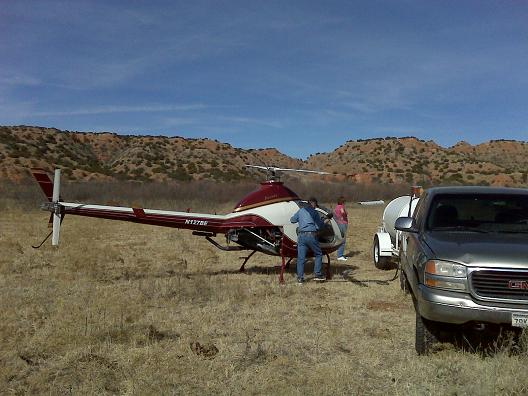
|
||||||||
|
||||||||
DISCLAIMER: The material on each page is the opinion of the author only and any actions taken by the reader relating to information on this site is the responsibility of the builder. |
